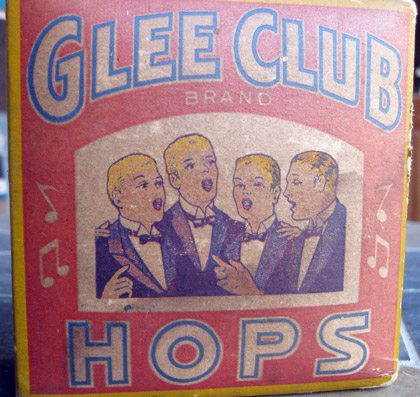Perhaps it’s because stories about how beer is made and the people who make it are so interesting but if mosey on over to Rate Beer or Beer Advocate you’ll find plenty of enthusiasts discussing the business of beer. Quite often pricing, to the understandable chagrin of brewers since some participants don’t bother with facts.
In that spirit a couple of links this morning.
First, from Neal Stewart, ex of Flying Dog Ales and before that central to the revival of the Pabst brand: 10 Key Ingredients for Craft Beer Success.
Second, from Harry Schumacher of Beer Business Daily: Beer Veterans Speak On Big and Small Brands. (The second link courtesy of Jack Curtin.)
One quick quote, from JB Shireman, formerly in sales at New Belgium brewing and now a bar owner in Fort Collins, Colorado: “Bud Light Golden Wheat has been on fire. The other day there were six totally different types of customers in the bar, and all were drinking Golden Wheat. I don’t know if mega-brand strategy is a good or a bad thing, but if they’re trading Bud Light drinkers up to Golden Wheat, at least they’re drinking higher priced beers. It’s across the board: The young guys who were drinking Bud Light on tap are drinking it, the ladies who normally drink margaritas are trying it, two guys playing darts, even bikers are drinking it, but they’re the type of bikers who trailer their bikes to Sturgis and wear Rolexes.”
There’s an image for a Tuesday morning.

 This is my contribution to Session #33, and the theme is “framing beer.” Check out
This is my contribution to Session #33, and the theme is “framing beer.” Check out  I’m a sucker for a story that begins . . .
I’m a sucker for a story that begins . . .